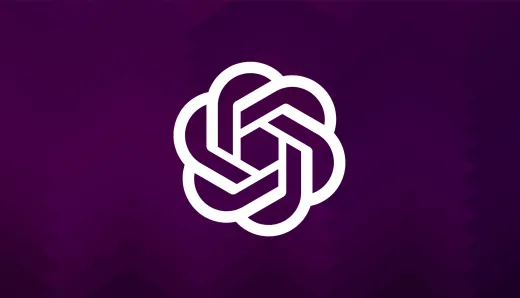VMware extends Remote Work culture support with SaaS Innovations
While employees and employers across the world have adapted to the pace and setup of remote work culture, SaaS innovations are making their way to further simplify things. VMware, the American cloud computing and virtualization technology company, is building a VDI or virtual desktop infrastructure along with DaaS, Desktop-as-a-Service platform. The purpose of these two setups is to infuse new capabilities so that Horizon Deployments become easier. Notion behind the VDI and DaaS platforms is to offer on-prem or cloud based remote working setup.
The senior vice president and general manager of the End-User Computing at the company, Shankar Iyer said, “Apps are moving to the cloud and employees are accessing them from everywhere, creating a more complex environment for IT to manage.”
Company’s VMware Horizon is seen as the modern platform which reduces complexity and increases efficiency of management. The effect of this drips down directly to the productivity of employees, whether the application or desktop workloads remain on-premises, in hybrid culture, or in cloud.
VMware’s Horizon Control Plane services are made accessible to the cloud providers, and offer flexibility when desktop or apps are deployed to the cloud. VMware Horizon is a VMware Workspace ONE service, which is the integrated solution enabling employees to work from anywhere. The solution offers frictionless and secure experience for the employees working remotely.
Reassessing IT procurement and usage
A recent report by Gartner predicts that by 2022, around 31% of the workforce across the world will be remote, which includes a mix of hybrid and 100% remote. The same report also underscores the significance of digital services and products that will play a quintessential role in digital transformation efforts.
A senior research director at Gartner, Ranjit Atwal said, “Through 2024, organizations will be forced to bring forward digital business transformation plans by at least five years.” He added that the plans must align with the pace of the post COVID-19 world, which involves permanent adoption of remote working, and digital touchpoints. Reassessment of IT infrastructure and a requirement for capabilities involving work-anywhere will have a lasting impact.
Strategic plans which focus more on continuous investment in remote-first technology can drive digital transformation for a unique digital experience for employees. Newer technologies involve hyper automation, and AI which offer flexibility of location choice to people. Gartner also predicts that by the end of 2021, the worldwide end user who puts in investment in public cloud services will increase by 23.1% since the IT leaders and CIOs will prioritize cloud-delivered applications like SaaS.




